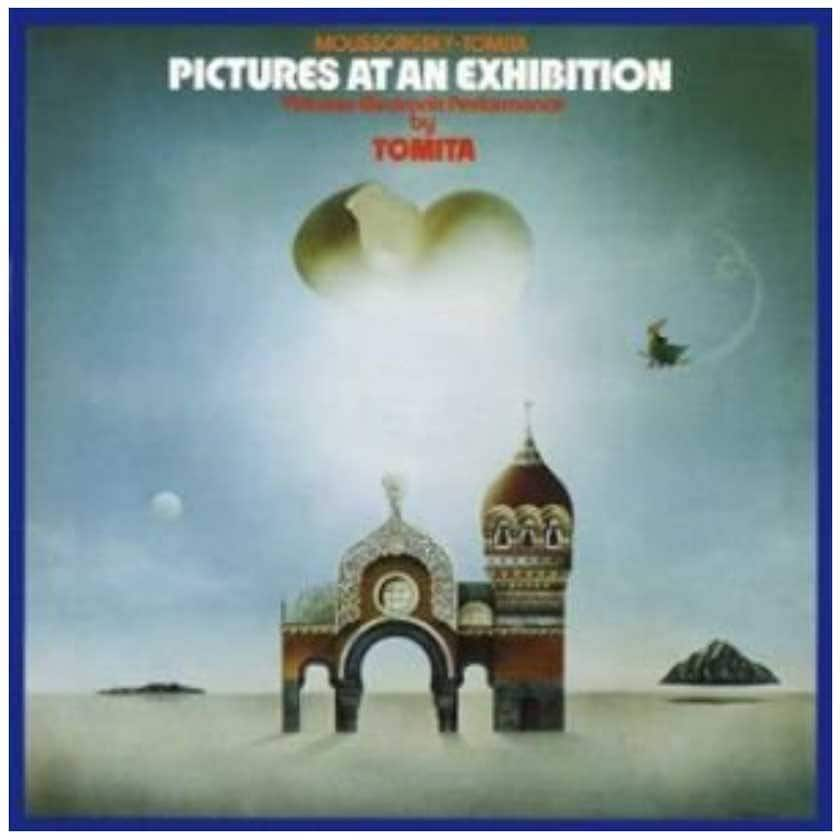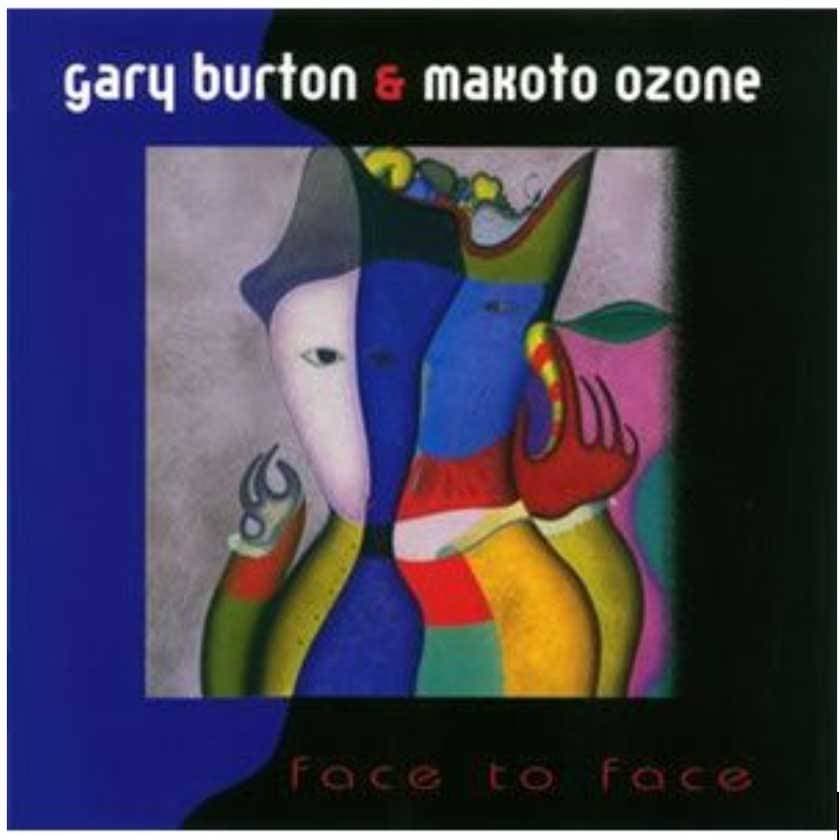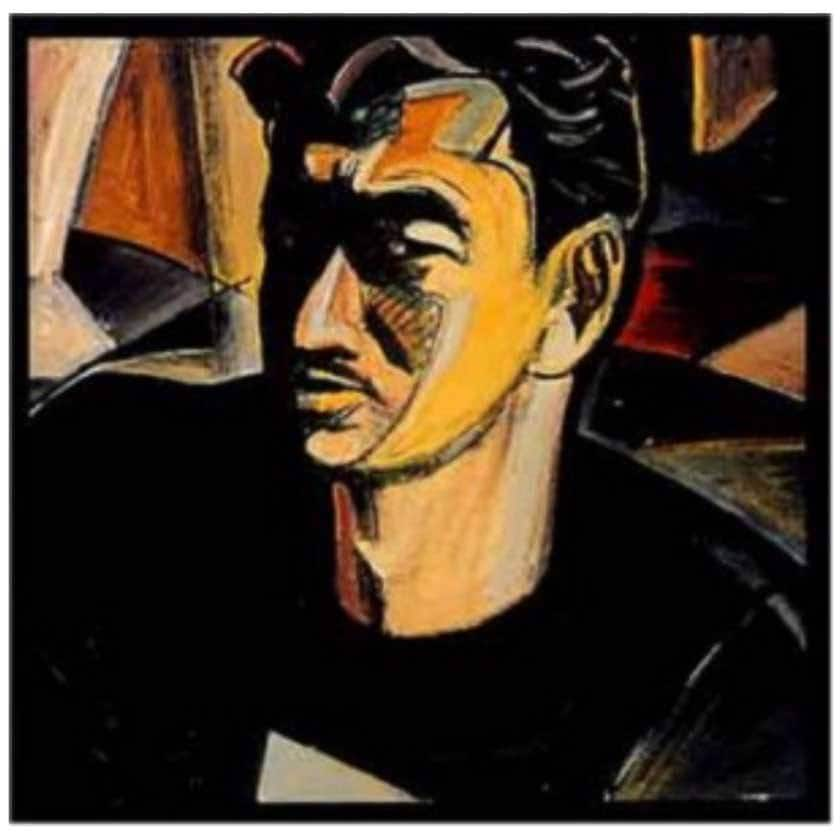■Hamamatsu, the City of Music, has synthesizers
Hamamatsu city, Shizuoka prefecture is known as the "Japanese City of Music". Hamamatsu has world-class musical instrument companies such as Yamaha, Roland, Kawai, and Suzuki. At that time, the electronic musical instrument called the "synthesizer" was still in development, and manufacturers were in intense competition to create electronic instruments that could play this new sound. In the early to mid-1980's, Yamaha and Roland revealed their new digital synthesizers; the Yamaha DX7 and the Roland D-50. The world went wild for the new sound and then new music was born from the sound that stimulated the sensibilities of musicians... A new era had begun.
In the mid 1980's, my team and I produced a one-hour TV program that showed how musicians perceived the new synthesizer sound that was made in the "City of Music". We also talked about how to make music, and what the synthesized sound meant for musicians. We had many talented musicians such as Jun Fukamachi, Akira Inoue, Toshiyuki Honda, and Tatsuo Hayashi appear on the show.

Yamaha DX-7

Roland D-50
■Interview with Isao Tomita, master of the synthesizer
The first person I interviewed was Isao Tomita. Tomita is a world-famous master of synth music. Behind his gentle personality, I felt his strong passion for creating. His studio was full of synthesizers such as the Moog System III. He warmly reminisced to me about the hardships in the early days such as when the synthesizer went out of tune as the power turned on somewhere else during the production and managed to fix it. It is a story unique to the pioneers of the electronic musical instrument, the synthesizer. The synthesizers at that time could only produce one note at a time. Tomita layered the synthesizer sounds one by one to reproduce the orchestra. It's unimaginably a lot of work. An artist who knows where to go doesn't mind hard work... His music is full of quiet passion.

Isao Tomita/Pictures at an Exhibition
■Interview with Makoto Ozone and Gary Burton
When we were shooting the TV show, Berklee College of Music was giving lectures in Hamamatsu. The president at that time was Gary Burton who is a master of the vibraphone. The interviewee was pianist Makoto Ozone representing Japan. Ozone also made a duo album with Gary Burton. I had a chance to interview Ozone in the president's office. Gary was sitting at a big desk and Ozone was standing at attention in front of him, and they were talking. I still remember Ozone answering "Yes! Yes, sir!" loudly to what Gary was saying. It was exactly like watching military personnel in American movies. I thought Berklee was a scary place. The interview with Ozone led the show to the finale. "A single sound of a synthesizer is an important element in expanding the images in my mind." I was so impressed by these words.

Gary Burton & Makoto Ozone/Face to Face

Makoto Ozone & Gary Burton/Time Thread
■Interview with Takeshi Fujii, synthesizer manipulator
The title of the TV show about synthesizers was called The City that Changed the Sound of the World (CCSW). The show ends with the last scene showing children playing Fujii's newly created synthesized sound on an electronic instrument called the Lyricon. Now, let's talk about Takeshi Fujii. He was the most popular synthesizer manipulator in the Japanese music industry at that time. A synthesizer manipulator by definition is a "synthesizer sound creator". I was able to get in touch with him because my bandmate was his junior. He can be seen on the inner sleeve in Keisuke Kuwata of the Southern All Stars CD album. At that time, the letters SAS were everywhere on his scheduler book. Fujii was a sensitive person, and became a very stern person when the questions weren't clear. He is the type of person who would say, "Musicians play by feeling? It's out of the question!" Our request for such a person [Fujii] was to create a sound that no one has heard before that can be the core of the TV show (CCSW). I can now recall what a scary idea it was (sweat). Hearing the sound that he created, I caught a glimpse of pride from Japan's top musician.

Keisuke Kuwata/Keisuke Kuwata
One thing I felt when I first featured the then rising star of electronic instruments, the synthesizer was that electronic musical instruments are still toddlers. I misunderstood that the synthesizer, which was said to be able to create any sound, could be the pinnacle of musical instruments. It's not that the synthesizer was bad. Think of the acoustic piano. The piano is derived from the harpsichord. If you press down on one key, the strings of all 88 keys resonate together in a closed box. If you play chords, countless sounds resonate. It's not fair to compare synthesizers with an instrument that has a long history of hundreds of years. The quality of sampling has improved due to the expansion of data capacity. However, taking a sound sample is like trying to attempt to take a photo of a piece of sound. The synthesizers can't produce the sound of air swaying and resonating in a box. Anyway, there's no doubt that unique sounds were created in an electric box, aka the synthesizer, and a new genre of music was born. Like Ozone said, I hope that synthesizers will continue to take on the role of "expanding the image".


























